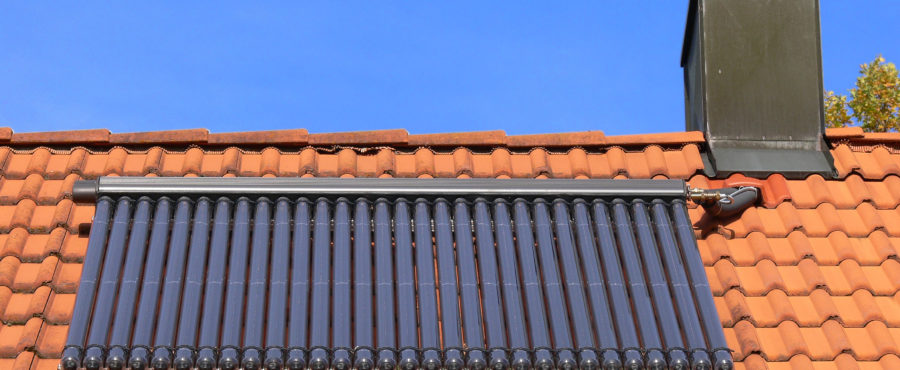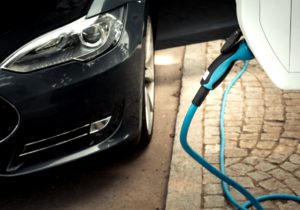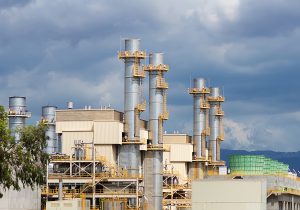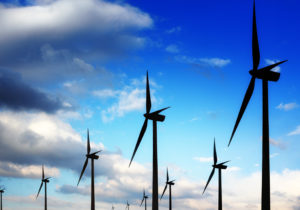
When one speaks of renewable energy sources they most often mean production of electricity. But RES may also constitute good heating sources. In countries like Poland, where a large portion of consumed energy is used for heating, renewable energy sources may be widely used for heat generation.
Modern RES technologies make it fairly simple to generate electricity from wind or sunlight. The situation becomes slightly more complicated when one attempts to recover energy for heating the house or warming the water. However, in both these areas there are alternatives to traditional methods of heat generation.
Biomass stoves
The basic way to reduce costs and emissions of the heating system is to install a biomass stove. Modern furnaces use fuel in the form of pellets or briquettes. Although exploitation of such a stove is more time-consuming than in the case of coal- or oil-based devices, today biomass is cheaper. It also generates less pollutants.
A heat pump is an alternative source of heat. This device moves air from a cold space (air or soil) to a warmer one (the house). To achieve this effect the pump components must be powered by electricity from outside. But a characteristic feature of the pumps is that they convert electric power into heat power with efficiency not available to other devices. If electric power comes from a renewable source, we get a truly environment-friendly, “green” heating system. A weakness of a heat pump is its price and the fact that it is difficult to power it up only with RES.
Solar thermal collectors
Another green technology widely used for heating is thermal heat collectors, most often installed on building roofs. Unlike photovoltaic systems, thermal heat collectors do not convert sunlight into electricity, but they simple heat up water.
Compared to photovoltaic panels, the collectors are much cheaper but at the same time, their construction is much more complicated. The entire heating installation must be properly configured to operate in the most effective way.
Poland’s geological conditions do not allow a wider use of geothermal waters. They are present only in small areas and except for very few cases, to be able to reach waters with sufficiently high temperatures, the drilled boreholes need to be several kilometres deep. This is the reason why geothermal systems turn out to be extraordinarily expensive sources of heat in Poland. Thus, biomass and sunlight, as well as heat pumps – once the price issue is singled out – remain sources with the best prospects for now.




